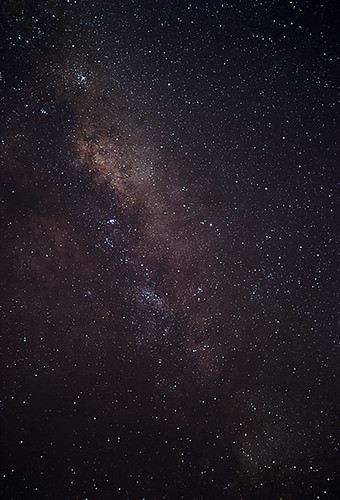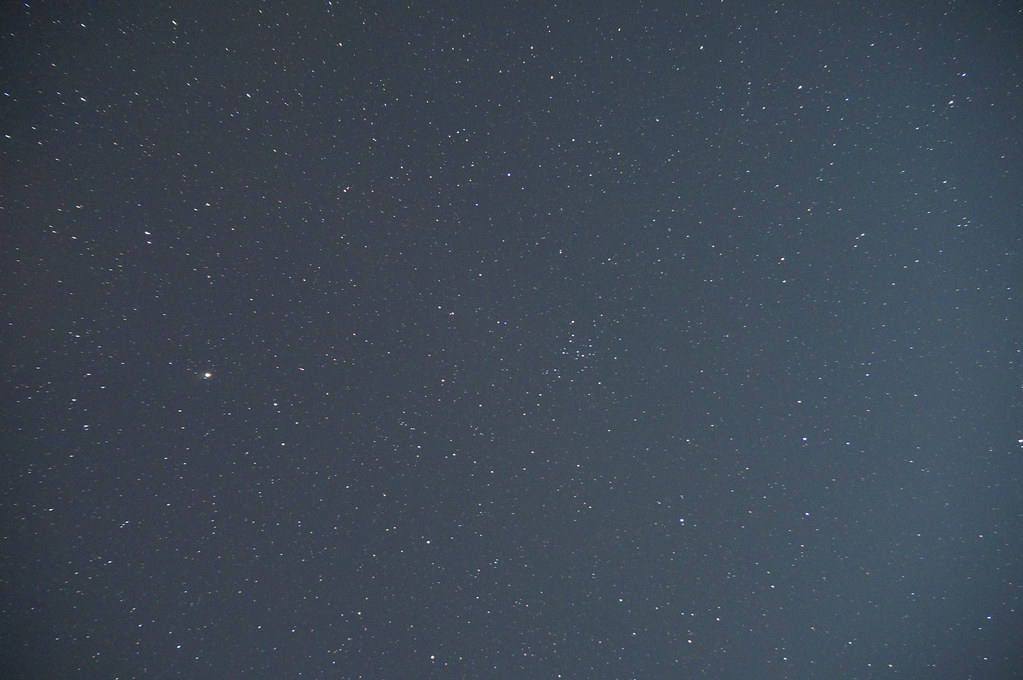
In the vast expanse of the cosmos, stars stand as monumental beacons of light and energy, fundamental to the structure and evolution of the universe. Far from merely twinkling points in the night sky, these celestial objects are complex, dynamic entities whose lifecycles shape galaxies and forge the very elements essential for life. Understanding stars is not just an academic pursuit; it is a journey into our cosmic origins.
This article provides an in-depth look at these awe-inspiring bodies, drawing exclusively from the latest authoritative scientific information. We will explore their fundamental nature, trace the centuries of human observation that have deepened our understanding, and delve into the groundbreaking scientific methodologies that continue to unravel their deepest mysteries. Our aim is to present a clear, factual, and comprehensive overview, adhering to the highest standards of informational reporting.
From their earliest recognition by ancient civilizations to the cutting-edge astrophysical models of today, the study of stars has continually pushed the boundaries of human knowledge. Join us as we navigate the foundational aspects of stellar science, setting the stage for a deeper dive into their formation, evolution, and eventual fate across the universe.

1. **Definition and Fundamental Nature of Stars**At its most basic, a star is defined as a luminous spheroid of plasma held together by self-gravity. This scientific definition underpins all subsequent understanding of these cosmic entities. The immense gravitational forces at play within a star compress its material to extreme densities and temperatures, creating a state of matter known as plasma.
This plasma, primarily hydrogen and helium, is the fuel for the star’s brilliance. The energy released by thermonuclear fusion processes in the star’s core is what allows it to shine for billions of years. This fundamental process transforms lighter elements into heavier ones, releasing vast amounts of energy that radiates into outer space.
The star’s total mass is the primary determinant of its entire life cycle, from its birth to its eventual demise. This mass dictates how long it will burn, what elements it will fuse, and what kind of stellar remnant it will ultimately become. Stars are not static; they are dynamic systems in a continuous state of energy generation and equilibrium.
Astronomers can ascertain numerous stellar properties through careful observation. These include critical factors such as a star’s mass, age, and metallicity, which refers to its chemical composition, particularly elements heavier than helium. Furthermore, observations can reveal a star’s variability, its distance from Earth, and its motion through the vast stretches of space.
Read more about: Architectural Digest Presents: Inside Jeff Bezos’s Multi-Million Dollar Real Estate Empire
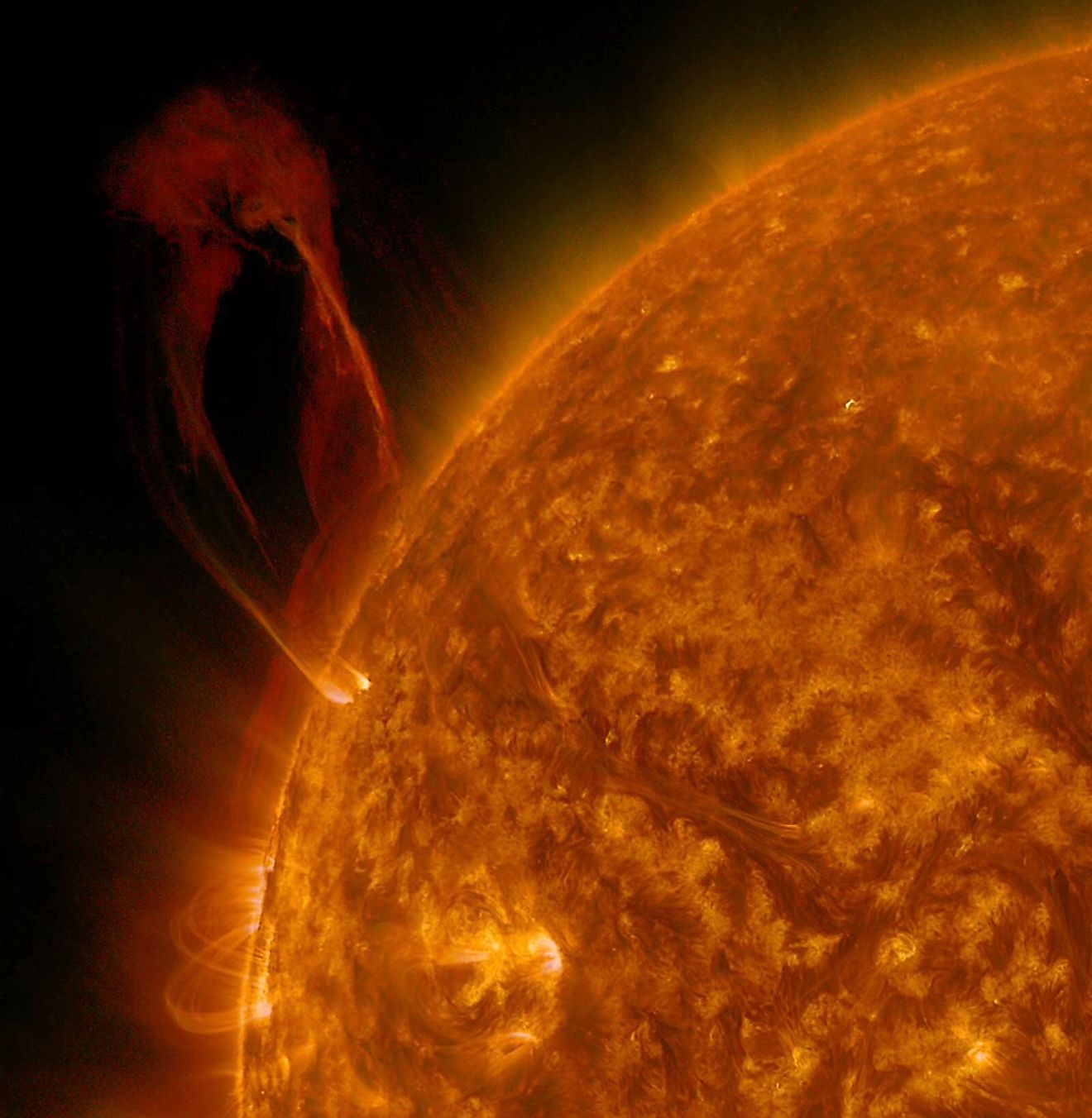
2. **The Sun: Our Nearest Star**For inhabitants of Earth, the Sun serves as the most immediate and impactful example of a star. It is a G-type main-sequence star, categorized by its spectral type and its current stage of evolution. As the closest star to Earth, the Sun is crucial for sustaining life on our planet, providing light and heat through the very fusion processes characteristic of all stars.
Understanding the Sun’s properties has been instrumental in developing our broader knowledge of stellar physics. Its proximity allows for detailed observation that would be impossible for more distant stars. For instance, the Sun’s luminosity, mass, and radius are often used as nominal units of measurement for other stars, providing a convenient baseline for comparison in astronomical studies.
The Sun’s life began with the gravitational collapse of a gaseous nebula, a process common to all stars. For the majority of its active life, including its current phase, the Sun shines by fusing hydrogen into helium in its core. This thermonuclear reaction is the power source that defines its existence as a main-sequence star.
Over the 4.6 billion years since it reached the main sequence, the Sun’s luminosity has gradually increased, estimated to be about 40% brighter now than in its early stages. It is expected to continue on the main sequence for roughly another 5 billion years, demonstrating the long timescales involved in stellar evolution.
Read more about: Ditch the Drama: Your Guide to 12 Bikini Blunders and How to Slay Your Summer Style
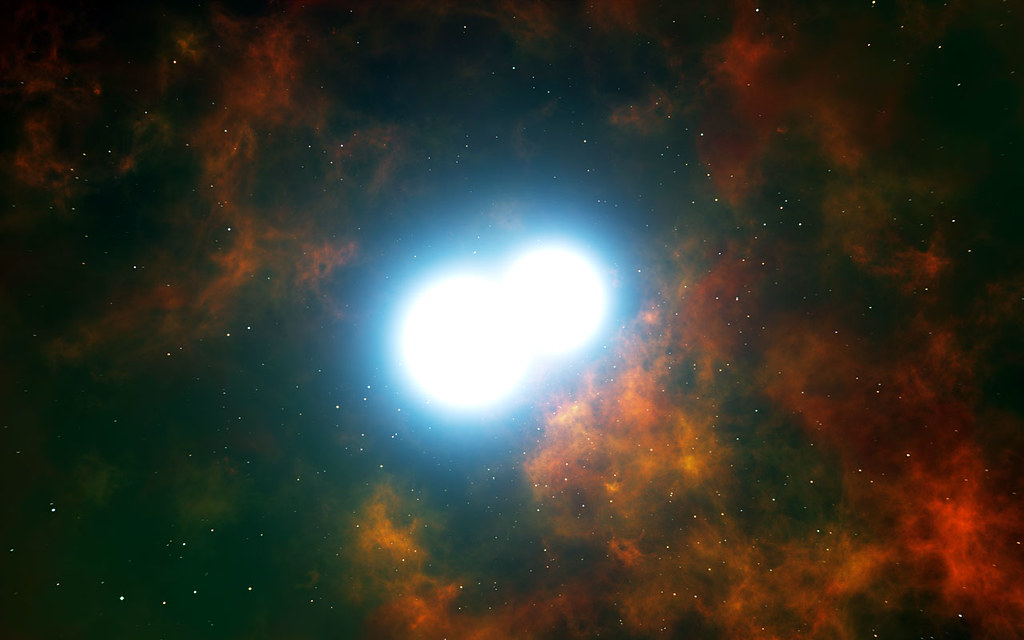
3. **Ancient Observation History and Cultural Significance**Throughout human history, stars have held profound importance for civilizations across the globe. Their predictable movements and fixed patterns made them invaluable tools for various practical and spiritual applications. Stars were central to religious practices, forming a basis for myths and divination rituals in numerous cultures.
One of the earliest and most vital applications of stellar observation was in celestial navigation and orientation. Ancient mariners and travelers relied on the positions of stars to guide their journeys across vast distances. This practice was essential for exploration and trade, enabling civilizations to expand and connect.
Beyond navigation, stars were crucial for marking the passage of seasons and defining calendars. The apparent motion of the Sun against the background stars, observed from Earth, allowed ancient societies to create calendrical systems that regulated agricultural practices, ensuring successful harvests and the timing of important communal events. The Gregorian calendar, widely used today, remains a solar calendar based on the Earth’s rotational axis relative to the Sun.
Ancient astronomers made a fundamental distinction between “fixed stars,” whose positions on the celestial sphere appeared constant, and “wandering stars,” which we now know as planets. These wandering stars moved noticeably against the background of fixed stars over days or weeks, further emphasizing the perceived immutability of the heavens.
Read more about: Toumani Diabaté, Malian Master of the Kora, Who Transcended Borders and Carried a Rich West African Legacy to the World, Dies at 58

4. **Early Star Catalogs and Astronomical Pioneers**The systematic cataloging of stars represents a pivotal development in the history of astronomy. These early compilations provided a framework for understanding the celestial sphere and laid the groundwork for future scientific inquiry. The oldest accurately dated star chart originates from ancient Egyptian astronomy in 1534 BC, highlighting the antiquity of this practice.
The earliest known star catalogues were meticulously compiled by ancient Babylonian astronomers in Mesopotamia during the late 2nd millennium BC, specifically in the Kassite Period (c. 1531 BC – c. 1155 BC). These records demonstrate a sophisticated understanding of stellar positions and patterns, indicating dedicated observation over long periods.
Greek astronomy significantly advanced star cataloging. Aristillus, with the assistance of Timocharis, created the first star catalogue in Greek astronomy around 300 BC. This was a monumental effort to systematically document the visible stars, providing a foundational reference for later Greek scholars and expanding the body of astronomical knowledge.
Perhaps the most renowned Greek catalog was that of Hipparchus, from the 2nd century BC, which included an impressive 1,020 stars. Hipparchus’s work was subsequently utilized to assemble Ptolemy’s extensive star catalogue. Notably, Hipparchus is also credited with the discovery of the first recorded nova, a phenomenon he documented as a “new star” appearing where none had been seen before, challenging the prevailing notion of immutable heavens.

5. **Medieval Islamic and Early European Contributions to Stargazing**The period of medieval Islamic astronomy saw remarkable advancements that profoundly influenced the study of stars. Islamic scholars not only preserved but also significantly expanded upon the astronomical knowledge inherited from earlier Greek and Babylonian traditions. They assigned Arabic names to many stars, designations that are still in use today across the world.
Islamic astronomers also innovated numerous astronomical instruments, which enabled them to compute stellar positions with greater precision. They established some of the first large observatory research institutes, primarily dedicated to producing comprehensive Zij star catalogues. These observatories were centers of scientific inquiry and collaboration, fostering significant progress in the field.
One of the most notable works from this era is the ‘Book of Fixed Stars’ (964) by the Persian astronomer Abd al-Rahman al-Sufi. Al-Sufi’s observations included not only individual stars but also star clusters like Omicron Velorum and Brocchi’s Clusters, and even galaxies such as the Andromeda Galaxy, demonstrating an impressive scope of observation for his time.
Early European astronomers, building on this rich legacy, continued to identify new stars, a phenomenon later termed novae, further challenging the ancient belief in immutable heavens. Figures like Tycho Brahe, in the late 16th century, contributed to these observations. In 1584, Giordano Bruno controversially suggested that stars were similar to our Sun and could host other planets, possibly Earth-like, orbiting them, an idea previously considered by ancient Greek philosophers and medieval Islamic cosmologists.
Read more about: The Mind-Blowing Science of Stars: Uncovering the Cosmic Truths Behind the Twinkle
6. **Pioneering Stellar Measurement and Classification**The 17th and 18th centuries marked a new era in stellar astronomy, moving beyond mere observation to systematic measurement and classification. Geminiano Montanari, an Italian astronomer, recorded variations in the luminosity of the star Algol in 1667, marking one of the earliest documentations of stellar variability, a critical property for understanding stellar dynamics.
Edmond Halley made a groundbreaking discovery by publishing the first measurements of the proper motion of nearby “fixed” stars. His work demonstrated that these stars had perceptibly changed positions since the times of ancient Greek astronomers Ptolemy and Hipparchus, proving that the heavens were indeed dynamic and not entirely immutable as previously thought.
William Herschel, a towering figure in astronomy, pioneered the first systematic attempt to determine the distribution of stars in the sky. Throughout the 1780s, he conducted extensive surveys, counting stars along hundreds of lines of sight. From this painstaking work, he deduced that the number of stars consistently increased towards one side of the sky, indicating the direction of the Milky Way core. His son, John Herschel, replicated this study in the southern hemisphere, confirming his father’s findings.
In addition to his distribution studies, William Herschel also discovered that some stars were not merely aligned by chance along the same line of sight but were gravitationally bound physical companions, forming binary star systems. This revelation opened an entirely new field of study into the dynamics and interactions of multiple-star systems. The science of stellar spectroscopy, which analyzes the light from stars to determine their properties, was pioneered by Joseph von Fraunhofer and Angelo Secchi, leading to early classification schemes based on spectral types by Secchi in 1865, and later, the modern system by Annie J. Cannon in the early 1900s.
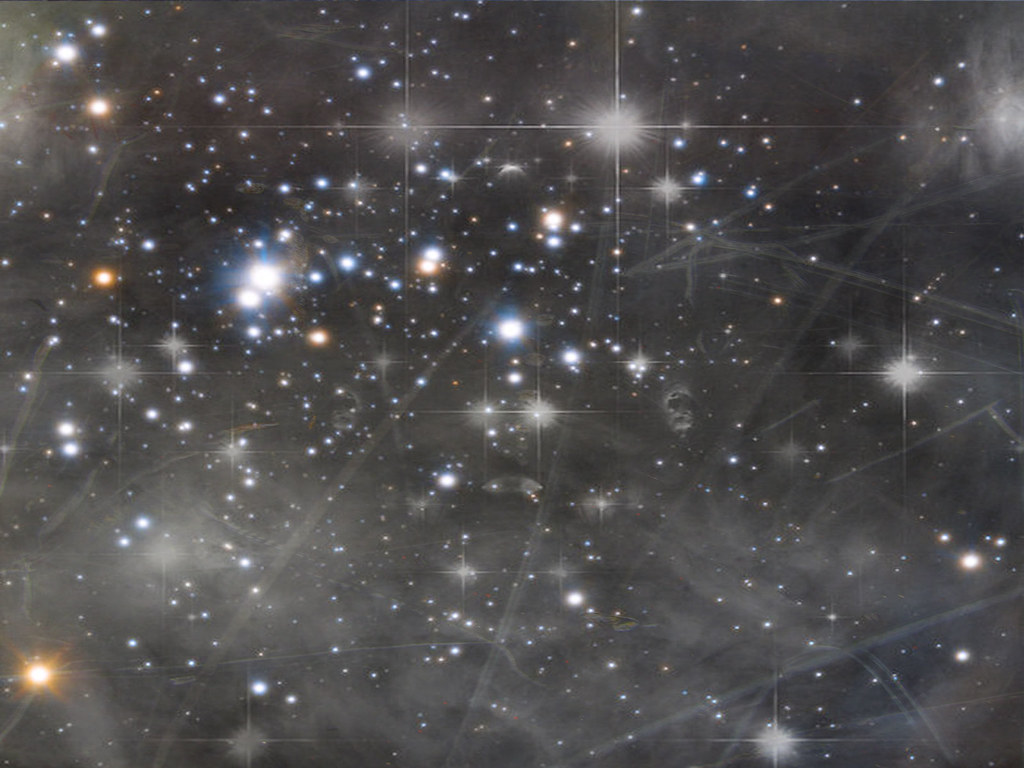
7. **The Hertzsprung-Russell Diagram and 20th Century Advances**The twentieth century heralded an era of increasingly rapid and profound advancements in the scientific study of stars, fundamentally transforming our understanding of their physics and evolution. A key technological leap was the widespread adoption of photography as a valuable astronomical tool. This allowed for the capture of faint light over long exposures, revealing previously unseen celestial details and enabling systematic study and comparison of stellar properties.
Karl Schwarzschild made a significant contribution by discovering that a star’s color, and consequently its temperature, could be determined by comparing its visual magnitude against its photographic magnitude. This indirect method provided a crucial diagnostic tool for stellar characteristics. Further instrumental progress came with the development of the photoelectric photometer, which allowed for highly precise measurements of stellar magnitude across multiple wavelength intervals, offering a more detailed spectral analysis.
In 1921, Albert A. Michelson achieved a remarkable feat by making the first direct measurements of a stellar diameter. He accomplished this using an interferometer mounted on the Hooker telescope at Mount Wilson Observatory, a testament to the ingenuity of early 20th-century observational astronomy. These measurements provided concrete physical dimensions for distant stars, moving beyond theoretical estimations.
Perhaps one of the most foundational theoretical developments was the creation of the Hertzsprung-Russell (HR) diagram in 1913. This diagram, which plots stellar luminosity against temperature (or spectral type), instantly propelled the astrophysical study of stars by revealing clear patterns and evolutionary sequences. It allowed astronomers to classify stars and understand their life stages in a coherent framework. Building on these insights, successful models were developed to explain the intricate interiors of stars and their evolutionary pathways. Notably, in her 1925 PhD thesis, Cecilia Payne-Gaposchkin first proposed that stars were primarily composed of hydrogen and helium, a discovery that revolutionized stellar astrophysics and remains a cornerstone of our knowledge today. Advances in quantum physics further enhanced the understanding of stellar spectra, enabling the precise determination of the chemical composition of stellar atmospheres, thus completing a cycle of observation, theory, and measurement.”
Read more about: 15 Revelations About Stars That Shaped Our Understanding of the Cosmos
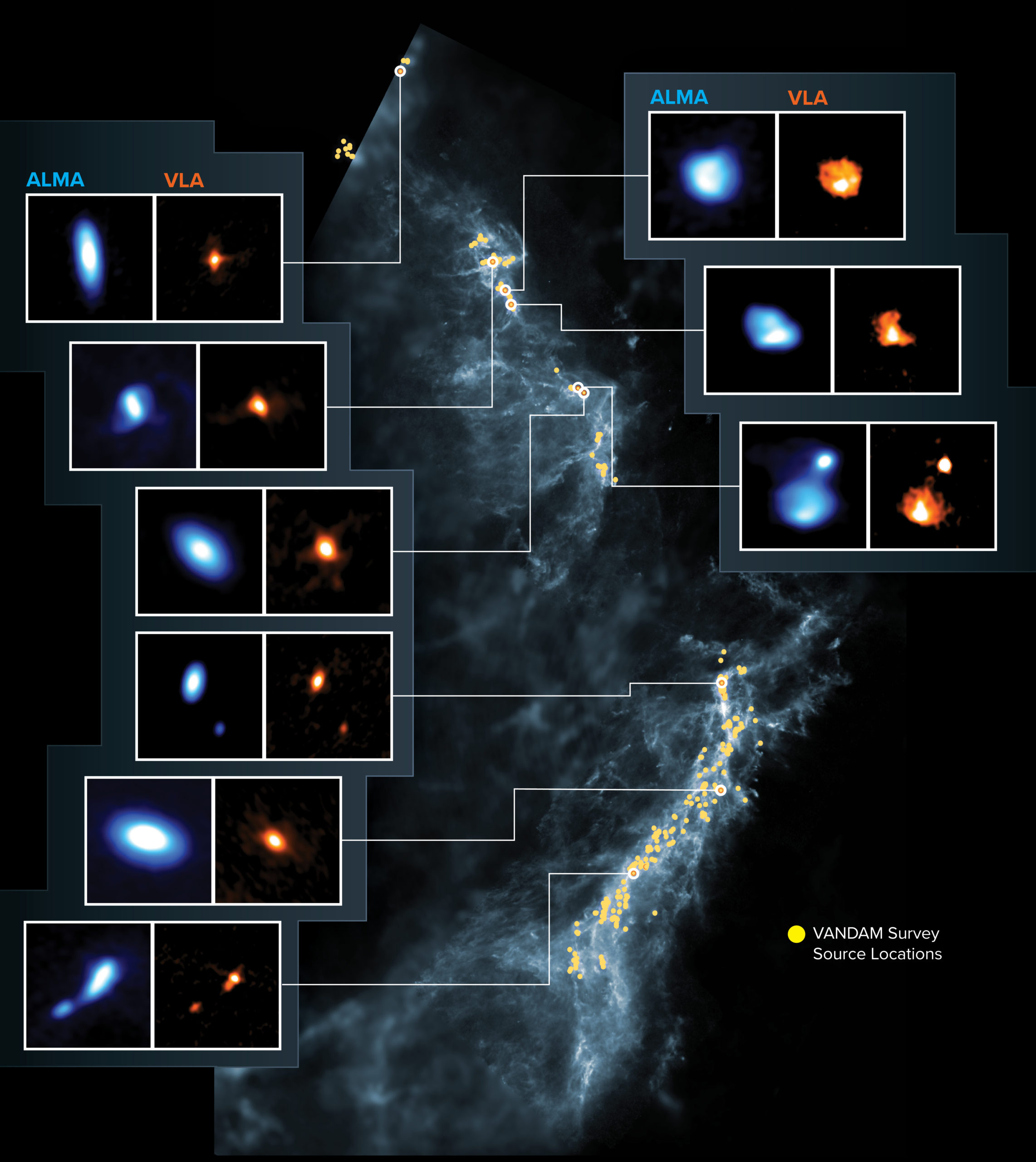
8. **Star Formation: From Molecular Clouds to Protostars**The intricate journey of a star’s birth commences within regions of space characterized by higher matter density, known as molecular clouds. These vast cosmic nurseries, exemplified by the iconic Orion Nebula, are primarily composed of hydrogen, with significant proportions of helium and trace amounts of heavier elements. Gravitational instability, often triggered by external forces such as radiation from massive stars, expanding bubbles in the interstellar medium, or galactic collisions, initiates the collapse within these clouds.
As a region within a molecular cloud reaches a sufficient density to satisfy the Jeans instability criteria, it begins to contract under its own powerful gravitational force. This process leads to the formation of individual, dense conglomerations of dust and gas, which astronomers refer to as ‘Bok globules.’ The ongoing collapse of these globules converts gravitational potential energy into heat, causing the temperature within the contracting cloud to steadily rise.
Eventually, as the protostellar cloud approaches a state of hydrostatic equilibrium, a protostar emerges at its core. These nascent, pre-main-sequence stars are often encircled by protoplanetary disks, from which future planetary systems may form. During this early phase, the protostar’s energy output is predominantly fueled by the continued conversion of gravitational energy, a period of contraction that can last approximately 10 million years for a star akin to our Sun, and up to 100 million years for less massive red dwarfs.
Newly formed stars, particularly those less than 2 solar masses, are categorized as T Tauri stars, while their more massive counterparts are known as Herbig Ae/Be stars. These young stars are observed to emit powerful jets of gas along their axes of rotation, which play a crucial role in reducing the star’s angular momentum during its collapse and can create luminous patches of nebulosity known as Herbig–Haro objects. These jets, alongside radiation from nearby massive stars, are instrumental in dispersing the surrounding molecular cloud from which the star originated, clearing the way for its continued development.
Read more about: Celestial Luminaries: An In-Depth Journey Through the Extraordinary Lives of Stars
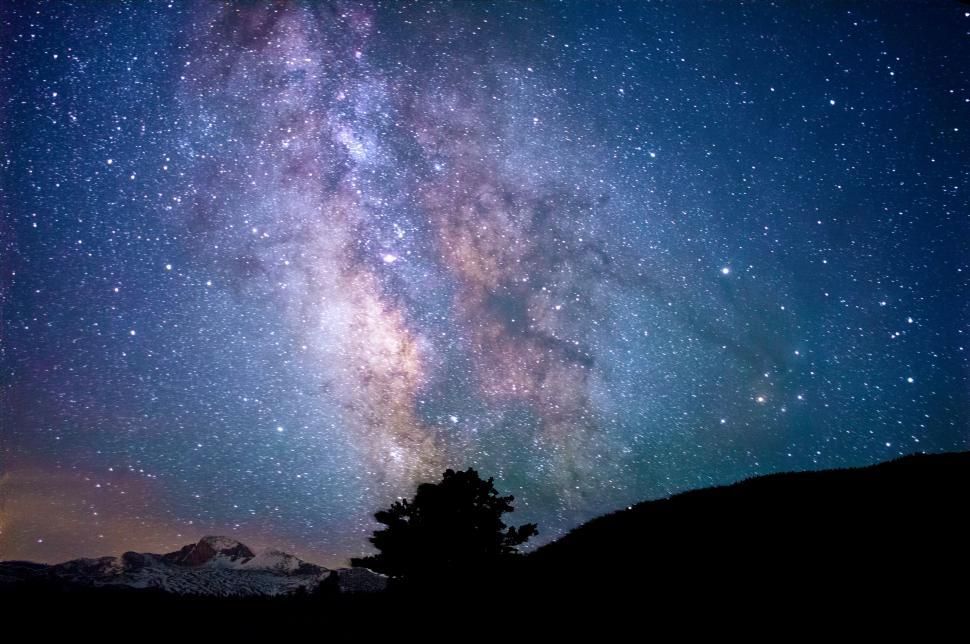
9. **The Main Sequence: Hydrogen Fusion and Stellar Lifespans**For the vast majority, approximately 90%, of their active existence, stars undergo a crucial phase known as the main sequence. During this extended period, they shine brightly due to the thermonuclear fusion of hydrogen into helium occurring at immense temperatures and pressures within their cores. These stars are commonly referred to as ‘dwarf stars,’ a classification that includes our own Sun.
From the moment a star arrives at the zero-age main sequence, the proportion of helium within its core steadily increases as hydrogen is consumed. This chemical change leads to a slow but continuous increase in the rate of nuclear fusion, which in turn causes the star’s core temperature and overall luminosity to gradually rise. The Sun, for instance, is estimated to have become approximately 40% more luminous over the 4.6 billion years it has spent on the main sequence.
While on the main sequence, every star generates a ‘stellar wind,’ a continuous outflow of particles that disperses gas into space. For most stars, the amount of mass lost through this process is largely negligible. The Sun, for example, sheds only about 10⁻¹⁴ solar masses annually, equating to roughly 0.01% of its total mass over its entire lifespan. However, for extremely massive stars, this mass loss can be substantial, ranging from 10⁻⁷ to 10⁻⁵ solar masses per year, significantly impacting their evolutionary trajectory.
The duration a star spends on the main sequence is fundamentally determined by two key factors: the total amount of hydrogen fuel it possesses and the rate at which it consumes that fuel through fusion. Our Sun is projected to remain on the main sequence for a total of about 10 billion years. In contrast, highly massive stars exhaust their fuel reserves very rapidly, resulting in much shorter lifespans. Conversely, low-mass stars, such as red dwarfs (less massive than 0.25 solar masses), consume their fuel at an incredibly slow pace, allowing them to fuse nearly all of their mass and endure for extraordinary periods, potentially up to one trillion years or even 12 trillion years for the most extreme 0.08 solar mass examples, far exceeding the current age of the universe.
Read more about: Unpacking the Cosmos: 14 Mind-Blowing Facts About Stars, From Their Fiery Births to Cosmic Demise
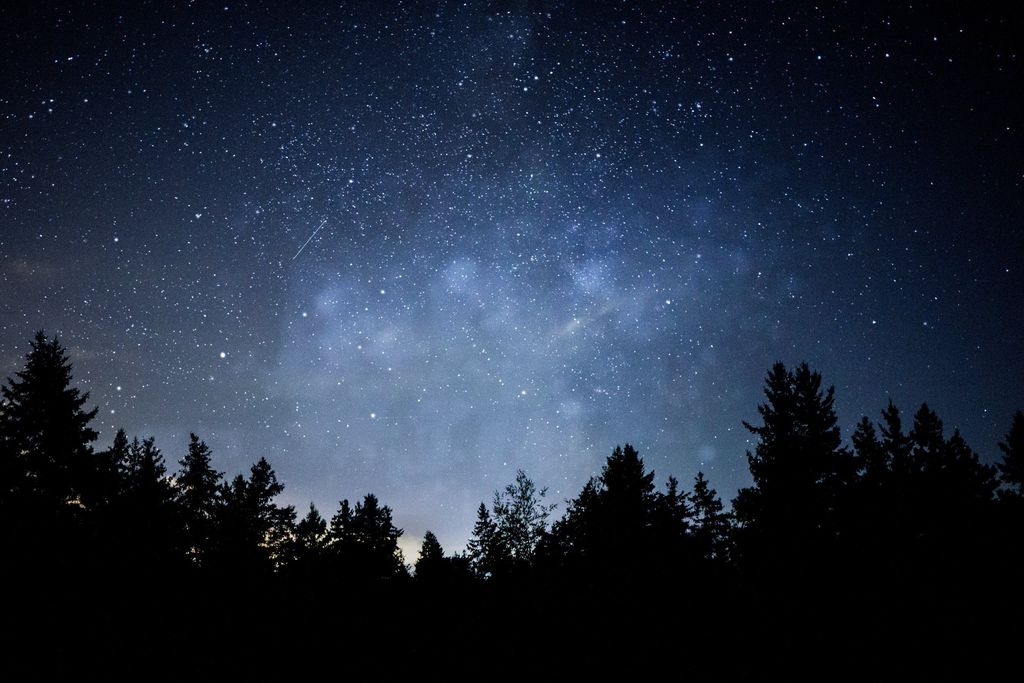
10. **Post-Main Sequence Evolution: Red Giants and AGB Stars**As stars with at least 0.4 solar masses exhaust their primary supply of hydrogen fuel in their cores, their evolution takes a dramatic turn. Core hydrogen fusion ceases, and the star begins to fuse hydrogen in a shell surrounding the inert helium core. This shift in energy generation causes the star’s outer layers to significantly expand and cool, transforming it into a luminous red giant.
During this expansion, stars also experience a considerable loss of mass, ejecting material that is enriched with the heavier elements forged in their cores. This chemically enriched material is then dispersed into the interstellar environment, becoming a crucial component for the formation of future generations of stars and planetary systems. Our Sun, approximately 5 billion years from now, will enter its helium-burning phase and expand to an immense radius, reaching roughly 1 astronomical unit—250 times its current size—while losing about 30% of its present mass.
As the hydrogen-burning shell continues to produce more helium, the core steadily increases in both mass and temperature. For red giants up to about 2.25 solar masses, the helium core eventually becomes degenerate before helium fusion can begin. When the temperature within this degenerate core finally rises sufficiently, helium core fusion ignites explosively in an event known as a helium flash. Following this flash, the star rapidly contracts in radius, its surface temperature increases, and it relocates to the horizontal branch on the Hertzsprung-Russell diagram.
For more massive stars, helium core fusion commences before the core becomes degenerate, allowing for a more gradual ignition. These stars spend an extended period in what is called the red clump, steadily burning helium, before their outer convective envelope eventually collapses, and they too transition to the horizontal branch. Following the exhaustion of helium in their cores, stars proceed to fuse helium in a shell surrounding a hot carbon core, entering the asymptotic giant branch (AGB) phase. This phase parallels the earlier red-giant stage but is characterized by even higher luminosity and often involves thermal pulses where the star’s luminosity varies significantly and matter is violently ejected, ultimately forming a planetary nebula and further enriching the interstellar medium with elements like carbon and oxygen.
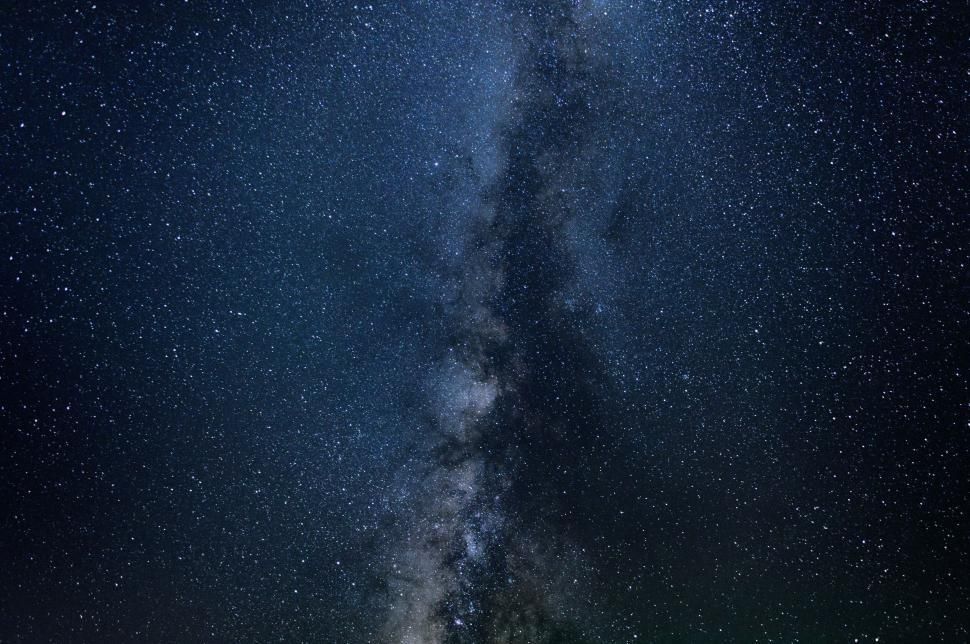
11. **The Unique Paths of Massive Stars: Supergiants and Beyond**Stars that begin with more than 9 solar masses follow a distinct evolutionary path after their main sequence phase. During their helium-burning stage, these colossal stars first expand to become blue supergiants, characterized by their extreme luminosity and high surface temperatures. Subsequently, many transition into red supergiants, becoming even larger and cooler. A notable example is Betelgeuse.
However, particularly massive stars, those exceeding approximately 40 solar masses—such as Alnilam, the central blue supergiant in Orion’s Belt—do not typically evolve into red supergiants. Instead, their intense mass loss prevents this transition. These stellar titans may instead evolve into Wolf-Rayet stars, which are identified by their spectra dominated by strong emission lines of elements heavier than hydrogen. These elements are brought to the surface due to powerful convection and extreme mass loss, or through the stripping away of their outer hydrogen layers.
Upon exhausting the helium in their cores, massive stars continue their nucleosynthetic journey. Their cores contract, leading to temperatures and pressures immense enough to ignite the fusion of progressively heavier elements. This process unfolds in a series of successive stages, with carbon fusion (the carbon-burning process) followed by neon (neon-burning process), oxygen (oxygen-burning process), and ultimately silicon (silicon-burning process). Near the very end of a massive star’s life, its interior resembles an ‘onion-like’ structure, with distinct shells fusing different elements, ranging from hydrogen in the outermost shell to silicon in the innermost regions.
The stellar nucleosynthesis process culminates when a massive star begins to produce iron in its core. Crucially, iron nuclei are more tightly bound than any heavier nuclei, meaning that any attempt at fusion beyond iron does not yield a net release of energy. This marks a critical turning point, as the star can no longer generate energy to counteract the immense inward pull of gravity. Furthermore, some massive stars, particularly luminous blue variables, exhibit extreme instability, leading them to violently shed their mass into space in dramatic events known as supernova impostors, temporarily becoming significantly brighter. Eta Carinae is a renowned example of a star that underwent such a spectacular ‘Great Eruption’ in the 19th century.
Read more about: Cosmic Dramas: Unveiling the Profound Forces That Transform a Star’s ‘Dream House’ Across Billions of Years
12. **The Dramatic Endings: Stellar Collapse and Remnants**The ultimate fate of a star is profoundly influenced by its initial mass, leading to diverse and dramatic conclusions. As a star’s core shrinks after exhausting its fuel, the intense radiation pressure exerted on its outer gaseous layers can cause them to be pushed away, forming a beautiful and often colorful structure known as a planetary nebula. If the remaining core, after shedding its outer atmosphere, is less than approximately 1.4 solar masses, it will contract into a remarkably dense, Earth-sized object called a white dwarf.
White dwarfs represent the remnants of low to intermediate-mass stars. In these objects, further gravitational compression is prevented by the quantum mechanical phenomenon of electron degeneracy pressure, as the matter within is no longer in a plasma state. Over an incredibly long period, extending for trillions of years, white dwarfs are expected to slowly cool and fade, eventually becoming theoretical ‘black dwarfs,’ though none are thought to exist yet given the age of the universe.
For truly massive stars, those whose iron cores grow to exceed approximately 1.4 solar masses (the Chandrasekhar limit), a different, far more catastrophic end awaits. The core can no longer support its own immense weight, leading to an instantaneous and violent collapse. During this collapse, electrons are forcefully driven into protons, forming neutrons, neutrinos, and gamma rays in a rapid burst of electron capture and inverse beta decay. This sudden implosion generates an immense shockwave that propagates outwards, causing the rest of the star to explode in a cataclysmic event known as a supernova.
Supernovae are among the most powerful cosmic explosions, briefly outshining an entire galaxy. When they occur within the Milky Way, they have historically been observed as ‘new stars’ visible to the eye. The explosion expels the star’s outer layers into space, forming spectacular remnants such as the Crab Nebula. The dense core that remains is compressed into either a neutron star—a compact object often manifesting as a pulsar or X-ray burster—or, in the case of the largest progenitor stars, a black hole with a mass greater than 4 solar masses. These processes are crucial for enriching the interstellar medium with heavy elements, which are then recycled into the formation of new stars and rocky planets.
Read more about: From CGI Nightmares to Rushed Endings: Unpacking the Top 8 Worst Unfinished Movies That Still Saw the Light of Day

13. **The Intricacies of Binary Star Systems**Stars frequently form not in isolation, but as part of multi-star systems, with binary star systems—composed of two gravitationally bound stars orbiting each other—being the most common configuration. The evolution of stars within these binary systems can diverge significantly from that of single stars of equivalent mass, presenting a complex and fascinating area of astrophysical study.
One of the most profound interactions in close binary systems occurs when one star expands into a red giant. Its outer layers may extend beyond its Roche lobe, the region where its material is gravitationally bound. If the companion star is close enough, material from the expanding star can be transferred to it. This ‘mass transfer’ can lead to a variety of dramatic phenomena, including contact binaries where the stars share an envelope, common-envelope binaries, cataclysmic variables, blue stragglers (stars that appear younger than their cluster counterparts), and even Type Ia supernovae, which are crucial for cosmic distance measurements.
Mass transfer also accounts for intriguing paradoxes, such as the ‘Algol paradox,’ where the more evolved star in a system is observed to be less massive. This counter-intuitive situation arises because the initially more massive star evolves faster, expands, and transfers a significant portion of its mass to its companion, making the former now less massive but more evolved.
Given the prevalence of binary systems—around half of Sun-like stars and an even higher proportion of more massive stars are found in multiple systems—their evolution is a subject of intense research. These gravitational interactions profoundly influence phenomena like novae and supernovae, impact the formation of certain stellar types, and play a critical role in the enrichment of space with the products of nucleosynthesis. Some astronomers even propose that mass transfer through gravitational stripping in binary systems is essential to explain the observed numbers and types of evolved massive stars, such as luminous blue variables and Wolf-Rayet stars, as well as the progenitors of certain core-collapse supernovae, which single massive stars might not produce on their own.
Read more about: 14 Core Pillars: Unpacking the Actor’s Journey from Ancient Stages to Modern Stardom and Career Realities

14. **Stellar Distribution: Galaxies, Clusters, and Interstellar Stars**Stars are not uniformly scattered throughout the vast cosmic expanse; instead, they are predominantly organized into massive, gravitationally bound structures known as galaxies, often accompanied by interstellar gas and dust. A typical large spiral galaxy, such as our own Milky Way, can host hundreds of billions of stars. Across the observable universe, it is estimated that there are more than 2 trillion galaxies, although most are considerably less massive than the Milky Way. Overall, the total number of stars is believed to be between 10²² and 10²⁴, a truly staggering figure that surpasses the total number of sand grains on Earth.
While the vast majority of stars reside within galaxies, an intriguing proportion, estimated to be between 10% and 50% of the starlight observed in large galaxy clusters, originates from ‘interstellar stars’—those located outside the confines of any specific galaxy. These rogue stars, ejected from their home galaxies or formed in the intergalactic medium, contribute significantly to the overall luminosity of galaxy clusters.
Stars are frequently found in multi-star systems, which consist of two or more gravitationally bound stars orbiting a common center of mass. Binary stars are the simplest and most common form, but systems with three or more stars also exist. For reasons of orbital stability, these multi-star systems often arrange themselves into hierarchical sets of binary pairs. Larger groupings of stars are known as star clusters, which range from loose stellar associations with just a few stars, to open clusters containing dozens to thousands, and immense globular clusters housing hundreds of thousands of stars. All stars within an open or globular cluster typically form from the same giant molecular cloud, thus sharing similar ages and chemical compositions.
Observations indicate that most, if not all, stars may have initially formed within gravitationally bound, multiple-star systems. This is particularly true for very massive O and B class stars, with an estimated 80% believed to be part of such systems. The proportion of single-star systems tends to increase as stellar mass decreases, with only about 25% of red dwarfs known to have stellar companions. Given that red dwarfs constitute approximately 85% of all stars, it suggests that more than two-thirds of the stars in the Milky Way are likely single red dwarfs. A 2017 study of the Perseus molecular cloud even suggested that most newly formed stars are in binary systems, proposing a model where all stars initially form as binaries, with some later splitting to become single stars.
Our exploration of stars has traversed from their fundamental definitions and the long history of human observation to the intricate processes of their birth, life, and death. We have seen how the universe recycles the elements forged in stellar furnaces, laying the groundwork for new stars, planets, and even life itself. These celestial powerhouses are not merely distant lights; they are the fundamental architects of the cosmos, dictating its evolution and shaping the grand tapestry of galaxies that continues to unfold before our eyes. The study of stars is an ongoing testament to human curiosity, continually pushing the boundaries of our understanding of the universe and our place within it.

